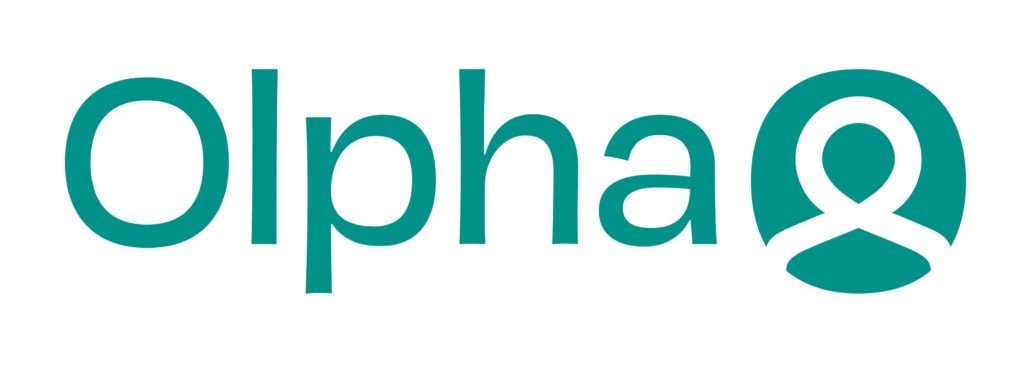LIMB-GIRDLE MUSCULAR DYSTROPHIES
Limb-girdle muscular dystrophies (LGMDs) are a group of rare progressive genetic disorders that are characterized by wasting (atrophy) and weakness of the voluntary muscles of the hip and shoulder areas. The various forms of LGMD are caused by mutations in many different genes. These genes provide instructions for making proteins that are involved in muscle maintenance and repair. It is difficult to determine the prevalence of limb-girdle muscular dystrophy because its features vary and overlap with those of other muscle disorders. Prevalence estimates range from 1 in 14,500 to 1 in 123,000 individuals. Muscle weakness and atrophy in LGMD are progressive and may spread to affect other muscles of the body. LGMD subtypes are classified based on inheritance pattern and genetic cause.
What should we know about LGMDs?
- Disease progression in each type of LGMD cannot be predicted with certainty, although knowing the underlying genetic mutation can be helpful. Some forms of the disorder progress to loss of walking ability within a few years and cause serious disability, while others progress very slowly over many years and cause minimal disability.
- LGMD can begin in childhood, adolescence, young adulthood, or even later. Both genders are affected equally
- Individuals may first notice a problem when they begin to walk with a “waddling” gait because of weakness of the hip and leg muscles. They may have trouble getting out of chairs, rising from a toilet seat or climbing stairs.
- Weakness in the shoulder area may make reaching over the head, holding the arms outstretched, or carrying heavy objects difficult. It may become increasingly hard to keep the arms above the head for such activities as combing one’s hair or arranging things on a high shelf. Some people find it harder to type on a computer or other keyboard and may even have trouble feeding themselves.
- The heart can be affected in LGMD, but this doesn’t occur as often as it does in some other forms of muscular dystrophy. Heart problems can take two forms — weakness of the heart muscle (cardiomyopathy) and abnormal transmission of signals that regulate the heartbeat (conduction abnormalities or arrhythmias). The heart should be monitored for these complications
- Respiratory (breathing) function can decline over time, and this, too, should be monitored regularly.
- LGMD, like other muscular dystrophies, is primarily a disorder of voluntary muscles. These are the muscles you use to move the limbs, neck, trunk, and other parts of the body that are under voluntary control.)
- The involuntary muscles, except for the heart (which is a special type of involuntary muscle), aren’t affected in LGMD. Digestion, bowel and bladder functions, and sexual function, which are carried out by involuntary muscles, remain normal.
- Pain isn’t a major symptom of LGMD, although limited mobility sometimes leads to muscle soreness and aching joints.
- The brain, the intellect, and the senses are unaffected in most subtypes of LGMD.
References: https://www.mda.org/












